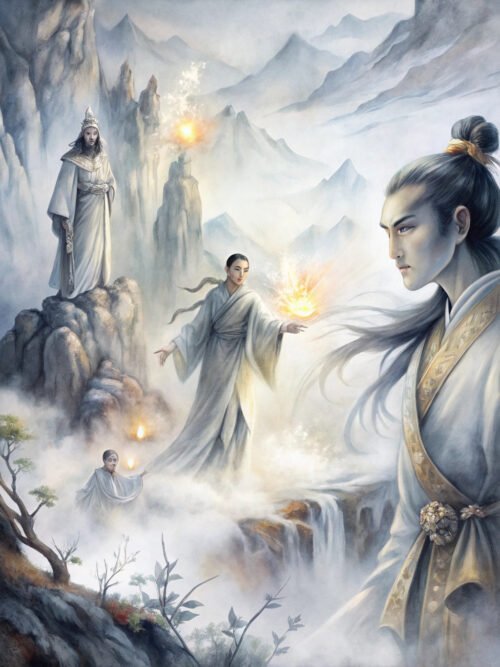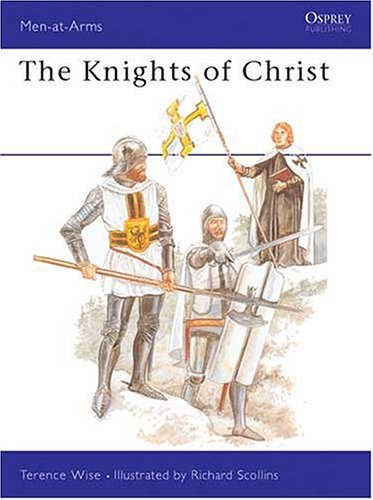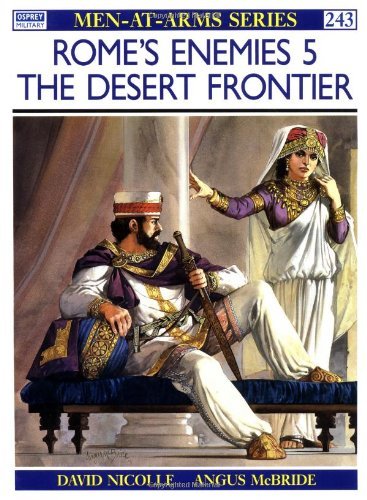“Imperial Chinese Armies (2): 590–1260 AD” by C. J. Peers & Michael Perry
From Sui Reunification to Mongol Conquest: The Evolution of China’s Medieval Military
Core Translation & Contextual Additions
(Original Text Translated and Enhanced for Global Readers)
Title: Imperial Chinese Armies (2): 590–1260 AD
Authors: C. J. Peers (text), Michael Perry (illustrations)
Series: Osprey Men-at-Arms (No. 295)
Pages: 48
Illustrations: 8 full-color plates, 40+ black-and-white diagrams
Format: Paperback
Rating: 4.5/5.0 (0 reviews)
Scope:
This volume explores the military evolution of China from the Sui dynasty’s reunification (AD 589) to the Mongol conquest (1260). It examines how Chinese empires adapted to a world where neighboring states—Turks, Tibetans, Khitan Liao, and Jurchen Jin—posed equal or greater military threats. The book highlights innovations in siege warfare, cavalry tactics, and cross-cultural hybridity that defined East Asian medieval combat.
Enhanced Translation with Historical Context
Original Text:
“By AD 589, when Yang Chien established himself at the head of a newly reformed Chinese empire, nearly four centuries had elapsed since the fall of the last great imperial dynasty: the Han. Although Yang’s new Sui regime consciously modelled itself on its great predecessor, both China and the world outside had changed. The problem for the Sui and their successors was no longer simply to ‘overawe the barbarians’, but to deal as equals with other cultures that were just as proud and self-confident as their own.”
Expanded Translation:
In AD 589, Emperor Wen of Sui (Yang Chien) ended the Age of Fragmentation (220–589) and reunified China. However, the geopolitical landscape had shifted dramatically since the Han dynasty. The Sui and Tang (618–907) dynasties faced not only nomadic Turks and Xianbei but also sophisticated rivals like the Tibetan Empire and Sogdian city-states. By the 10th century, the Khitan Liao (907–1125) and Jurchen Jin (1115–1234) empires emerged as equals, blending steppe cavalry with Chinese bureaucracy. This era saw China transition from a hegemonic power to a participant in a multipolar East Asia.
Key Additions for Clarity
- Sui & Tang Military Reforms
- Sui Innovations: The Sui reintroduced conscription and standardized armor production, with infantry wearing mingguang armor (lamellar with chest mirrors) tied by intricate rope systems.
- Tang Cavalry: Adopted Turkic-style horse archers (Plate B1) and heavy mashu shock cavalry. The Fubing militia system allowed rapid mobilization of 600,000 troops at its peak.
- Song Dynasty Adaptations
- Naval Power: The Song (960–1279) built the world’s first standing navy, deploying fire-attack ships with gunpowder bombs (e.g., hu dun trebuchets).
- Crossbow Dominance: Mass-produced repeating crossbows (zhuge nu) and 450-meter-range 伏远弩 (ambush crossbows) countered Jurchen cavalry.
- Liao & Jin Hybrid Warfare
- Khitan Tactics: The Liao combined heavy cataphracts (Plate H1) with mobile horse archers. Their Ordu (palace cavalry) wore lacquered leather armor and wielded maces.
- Jurchen Innovations: Jin forces used iron-clad “iron pagoda” cavalry and adapted Song siege engines, culminating in the 1127 sack of Kaifeng.
- Climatic Pressures
- The Liao collapse (1125) was exacerbated by extreme cold spells (AD 1050–1150), which devastated pastoral economies and triggered refugee crises.
- Mongol Conquest
- By 1260, Kublai Khan absorbed Song artillery units (e.g., counterweight trebuchets) and Jurchen engineers to besiege cities like Xiangyang.
Michael Perry’s Artistry
Perry’s plates reconstruct:
- Plate A1: A Sui guardsman in a Xianbei-style beard and lamellar armor, based on 6th-century tomb murals.
- Plate F1: A Song infantryman with lacquered shield and zhuge nu, inspired by ceramic pillow art.
- Plate H2: A Liao general in gilded armor, from the “Scroll of the Barbarian Riders” (AD 10th c.).
Why Western Readers Should Care
- Global Parallels: Compare Song gunpowder weapons with European Greek fire or Khitan cataphracts with Byzantine kataphraktoi.
- Legacy: The Tang-Song transition mirrors Rome’s shift from legionary armies to feudal levies, offering insights into how empires adapt to asymmetric threats.







评价
目前还没有评价